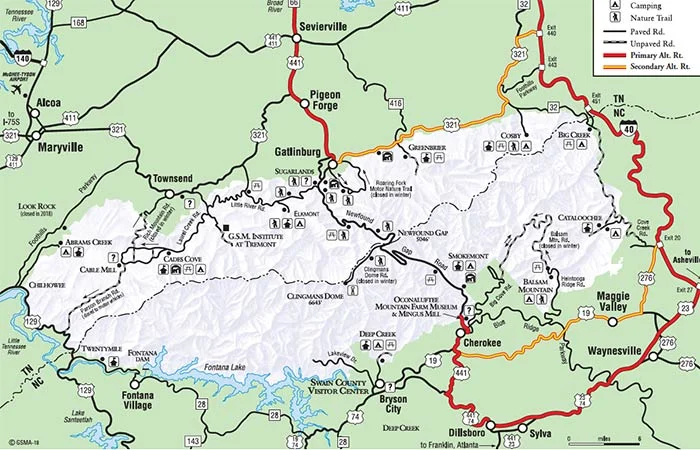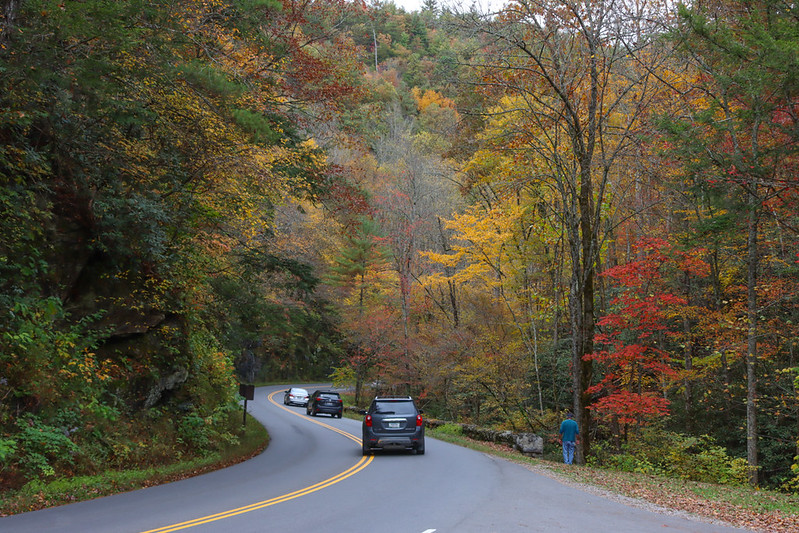What Makes the Great Smoky Mountains Smoky

Great Smoky Mountains National Park is the most visited national park in the United States, attracting more than 14 million visitors annually. Have you ever wondered how this popular and awe-inspiring park got its name? What makes the Great Smoky Mountains “smoky”?
You might be surprised to know that it’s not smoke, it’s an organic chemical reaction that’s creating something called “volatile organic compounds” or VOCs. To understand the reaction that creates VOCs, we have to talk about the park’s geography and biological diversity.
Great Smoky Mountains National Park is located on the east coast of the United States, on the border of North Carolina and Tennessee. Historic structures, landscapes, and artifacts fill the park boundaries, along with rich vegetation and an incredibly diverse ecosystem.
Rainfall in this area averages over 60 inches per year, and the average temperature is a cool and crisp 45 degrees Fahrenheit. The rainfall amount, average temperature, and mild climate technically qualify this location as being a rainforest. The Appalachian Temperate rainforest, to be specific!



The cool air combined with the humidity of the rainforest and the altitude of the mountains provides the perfect conditions that cause low-bearing clouds to condense, which keeps the plants damp and happy. The happy plants then give off oxygen and emit VOCs.
VOCs might sound dangerous, but they are entirely natural. If you know the smell of freshly cut grass or pine trees, then you know VOCs. VOCs produce scents and high vapor pressure, which means they can quickly form vapors at room temperature. A high VOC concentration can cause a foggy or “smoky” appearance. Another type of VOC, ones emitted by conifers and containing a slight blue tint, is the reason the Blue Ridge Mountains are “blue.”

Besides giving the Great Smoky Mountains its iconic moody and spooky look, the hazy VOCs covering the Smokies also have an essential ecological purpose! This haze protects the park’s ecosystem from UV radiation and overheating and helps preserve the dampness that allows the millions of trees, bushes, and other plants to thrive.







